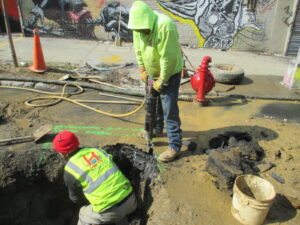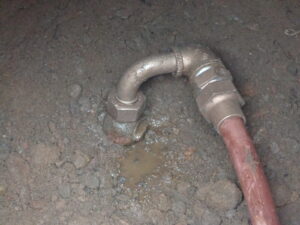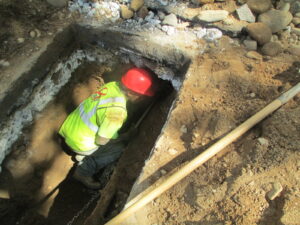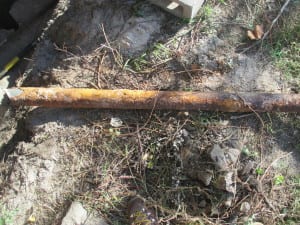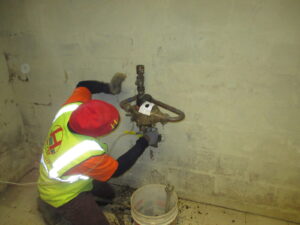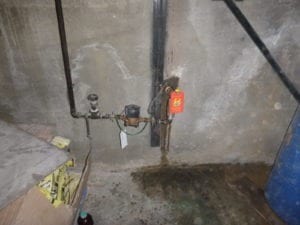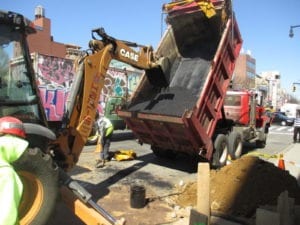Lead levels in drinking water has become a highly discussed topic over recent months. Earlier in 2016 several NJ schools were scrutinized for extremely high levels of lead in the children’s drinking water. At this point the concern has become other schools in the New York City and New Jersey area that are not being discussed and why we are not hearing about a city wide lead testing requirement. This issue has also made many homeowners aware and concerned about the lead levels in their home.
What can you do?
It is always suggested to flush each of the faucets in your home before using them for drinking water. It is also suggested not to use tap water for cooking or cleaning.
If you are not sure about the material makeup of your pipes, it is suggested to contact your local plumber for an evaluation. If it is determined that you have lead pipes, it is always best to work from the outside of your house, through the inside when replacing lead water pipes. Many times previous owners have replaced all of the internal plumbing leaving one lead water pipe running from the street, to inside the house. In this case homeowners usually have copper pipes after the water meter, where the pipe enters the home.
Replacing lead pipes with copper
After the licensed contractor secures all permits with the NYC DEP and DOT, he may begin digging in the roadway at the point where the private water main connects to the city water main. This connection is known as the “tap connection”.
|
Opening the roadway |
The tap connection |
Simultaneously the remainder of the installation crew is working on second and third holes to install the new copper water line. Once all of the holes are completed, the crew will begin blowing underground tunnels for the new copper pipe to be installed, from the city water main, to inside the house.
|
Making tunnels |
The old lead pipe |
The new copper pipe is now connected to the existing meter on the inside of the house and tested to make sure water is flowing as expected.
|
Connecting new copper pipe |
The install is complete! |
After the pipe is installed a separate crew will complete the final restoration of the roadway holes and any concrete that was disturbed through the point of installation.
|
Unloading hot asphalt |
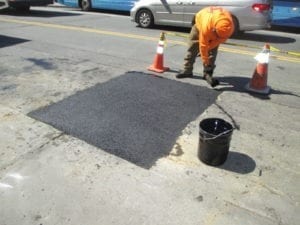
Final restoration |
The water main installation is usually a straight forward one day process that may take anywhere from five to ten hours pending the layout and digging conditions around your property.



